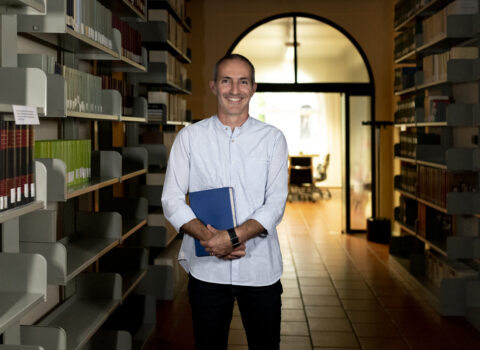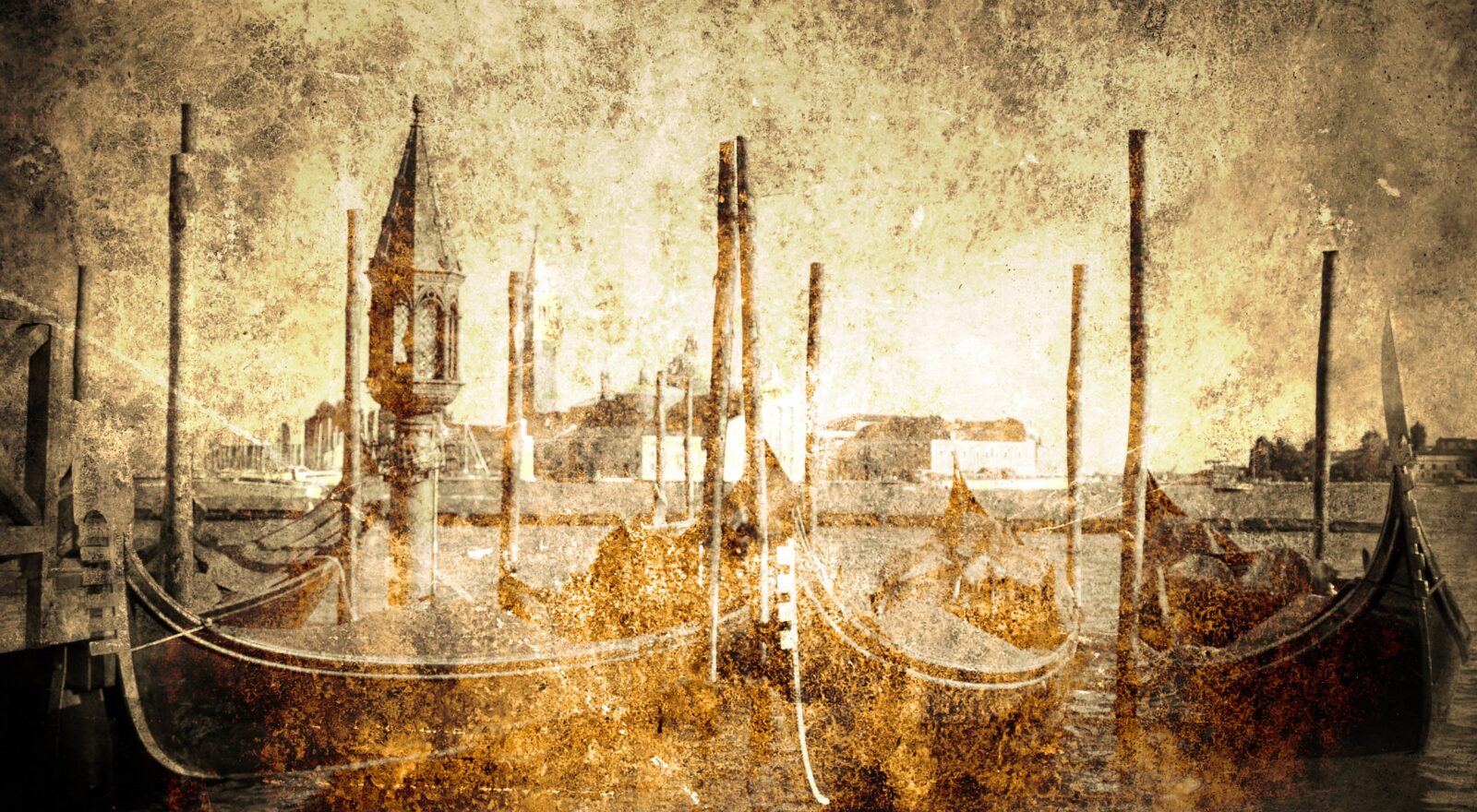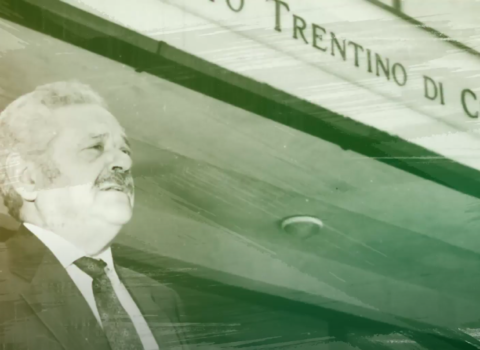
An historical perspective on mobility and interactions between travelers and local residents
The latest issue of the Annali of ISIG takes an in-depth look at the concept of mobility in the early modern age and the relationships that were created between travelers and local inhabitants.
Moving from one place to another can take many shapes: from going on a brief holiday in another city or country, to spending a few years abroad for work, to moving permanently to a different part of the world. This has been true throughout history. Indeed, already from its earliest beginnings the very history of humankind has been defined by mobility. Today, still, much of our public debate revolves around questions that have to do with mobility: just think about the ongoing discussions about refugees seeking a new home, or the debates in the wake of Brexit on the right to enter and work in the United Kingdom. It is impossible to have such debates in an informed way without paying attention also to the practicalities of the mobility involved. How, precisely, do people move? What new encounters does this entail? What effects does movement have on the circulation of knowledge, ideas, objects?
Questions such as these are at the heart of what has been called the ‘mobility turn.’ While certain disciplines had always paid attention to mobility, this ‘mobility turn’ or ‘new mobilities paradigm’ brought with it a set of theoretical shifts, methodological developments, and new research questions and approaches. Mobilities were no longer seen as exceptional, but as an integral part of all human activity. For many years disciplines from the social sciences, such as sociology, human geography, and anthropology took the lead in analyzing mobility. However, more recently an ever-growing number of publications in humanities disciplines such as history, literary studies, and film studies have argued also for the vital role that the humanities can and should play in these analyses. By zooming in on specific aspects of moving, studies have been able provide ever greater insight into the precise functioning of mobility.
The latest special issue of the Annali dell’Istituto storico italo-germanico in Trento / Jahrbuch des italienisch-deutschen historischen Instituts in Trient aims to contribute to this ongoing discussion by focusing on one aspect of mobility in a specific time and place: the interaction between foreign travelers and local residents in early modern Italy. This period in time has proven to be fertile ground for analyzing how mobility functioned. New and old ways of moving or being moved across shorter and longer distances co-existed, while the continents of the world also became increasingly connected among each other. The special issue’s title – Crossroads in early modern Italy: Encounters between foreign travelers and local inhabitants – refers to the way that early modern Italy functioned as a true crossroads: travelers from all around the globe arrived in the peninsula. Their circumstances were varied: from the forced mobility of enslaved people to the voluntary travel of young men going abroad to study, and everything in between. Trento, for example, saw foreigners pass through the city for different reasons, as its strategic location caused a steady stream of travelers to pass back and forth between the Italian peninsula and the Holy Roman Empire, while in the sixteenth century the Council of Trent caused a different kind of sudden and temporary, but impactful influx of people. Other parts of the Italian peninsula also came into contact with a variety of foreigners: beggars, diplomats, refugees, sailors, pilgrims, exiles, scholars, peddlers, sex workers, members of royal courts, enslaved people, missionaries, merchants, students, artists, artisans, and many others moved or were moved. Local inhabitants could react to this in different ways. For a start, they might have been immigrants themselves, or descend from them. Even those whose family had been in the same place for generations might have different experiences with mobility: for some, such as interpreters and pilgrim guides, their livelihood might depend on travelers; others might not come into much personal contact with them but would still be used to seeing them pass through their city on a regular basis; while for others, foreign travelers might be a most unusual sight.
The articles of this special issue reflect this variety in experiences. Detailed case studies shed light on the specific circumstances of widely divergent encounters between foreign travelers and local inhabitants. Such encounters could take place in different spaces and contexts, from the ceremonial receptions offered to highly placed foreign guests to encounters on the streets or the marketplace. Katalin Prajda’s article examines the presence and interactions in fourteenth-century Italy of mercenaries from the Kingdom of Hungary, Croatia, and Slavonia. Sandra Toffolo analyzes the multifaceted interactions of Western European pilgrims on their way to Jerusalem with Venetian local inhabitants. Mayu Fujikawa’s contribution focuses on the contact and cross-cultural exchange between the Japanese envoys of the 1585 Tenshō embassy to Italy and the people they met during their journey. Özden Mercan closely examines the Ottoman agent Mustafa Agha and his negotiations with the Medici court in 1598. Finally, James Nelson Novoa’s article centers on a group of Portuguese merchants who traveled to and eventually became denizens of Tuscany, albeit always considered as ‘Portuguese.’ Together, the contributions reveal how status, wealth, occupation, purpose, region, and religion could determine the experiences travelers had as they moved through various spaces. These travelers had a broad range of interactions with local inhabitants. Not all of these encounters had the same impact or the same degree of intensity. While in some cases these revolved around the basic necessities of life and had only limited impact, in other cases they could have far-reaching effects: for instance, travelers could be sought as allies, agents, or potential future denizens to expand the diplomatic or mercantile outreach of societies. Nevertheless, even in cases where interactions between local residents and foreign travelers led to long-term and significant impact on both parties, it remains vital to analyze the dynamics of these initial encounters. Interpersonal encounters in the early modern period were – as they are today – an integral part of mobility.
 This article is based in part on the introduction to the special issue: Marta Albalá Pelegrín and Sandra Toffolo, ‘Mobility and interaction between travelers and local residents in the early modern period: An introduction.’ Thanks to funding of the COST Action 18140 ‘People in motion: Entangled histories of displacement across the Mediterranean (1492-1923)’, the special issue is partly available in Open Access.
This article is based in part on the introduction to the special issue: Marta Albalá Pelegrín and Sandra Toffolo, ‘Mobility and interaction between travelers and local residents in the early modern period: An introduction.’ Thanks to funding of the COST Action 18140 ‘People in motion: Entangled histories of displacement across the Mediterranean (1492-1923)’, the special issue is partly available in Open Access.


